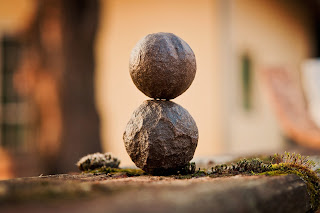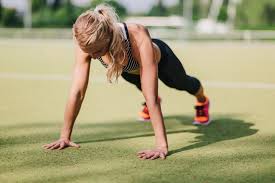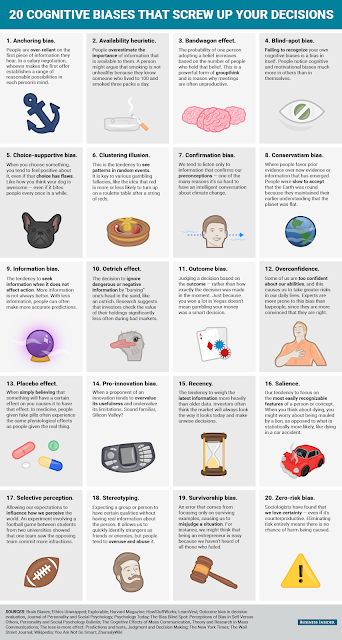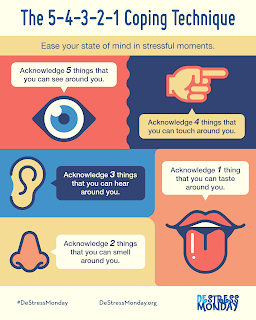Ideas for Accountability
With many of us still working from home, our regular wellness accountability norms might have disappeared. Without gyms open, exercise classes on our calendars, personal training appointments twice per week, etc. many of you have expressed that your motivation and accountability are suffering. We would like to offer a few suggestions: 1. Set SMART goals: Specific, Measurable, Attainable, Relevant and Time -Bound. ie: I am going to increase my cardiovascular fitness by walk 30 minutes 5 days a week. I will walk from 9:00 -9:30 am and push myself to go a little farther each day by increasing my speed. 2. Stay accountable . Once you select a goal, being accountable, even if only to yourself, can help you achieve it. Keeping a simple chart on your phone or your fridge where you can check a box for every day you work out. 3. Be a role model! We tend to do for others more than we do for ourselves. Reach out to a family member, friend, spouse, co-worker , etc. Offer a team approach to hol













